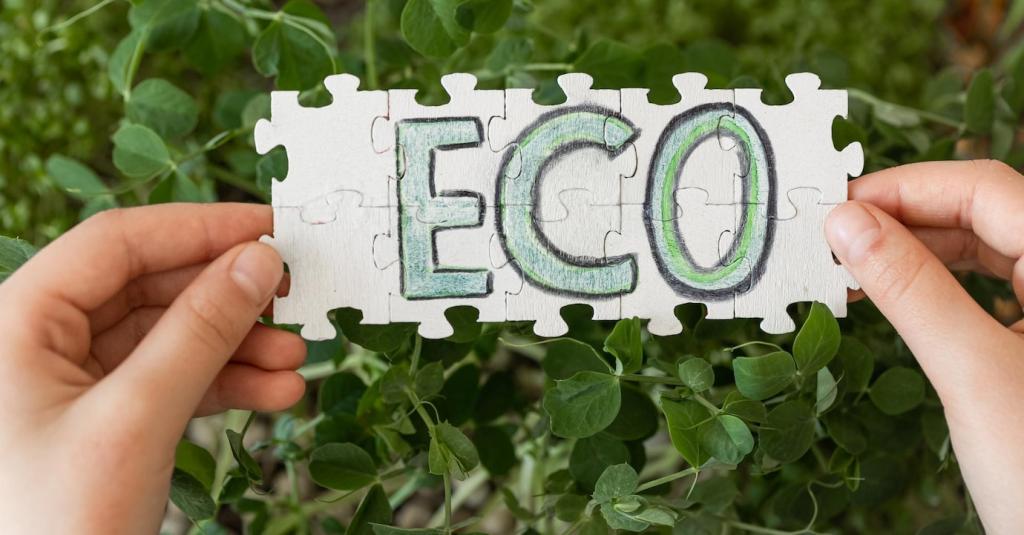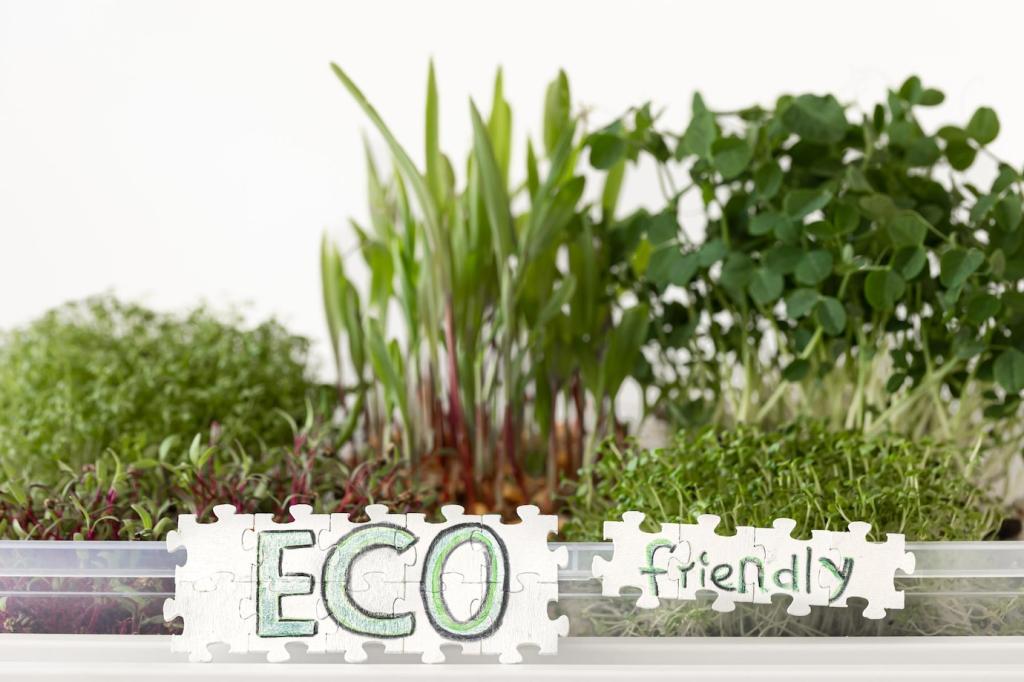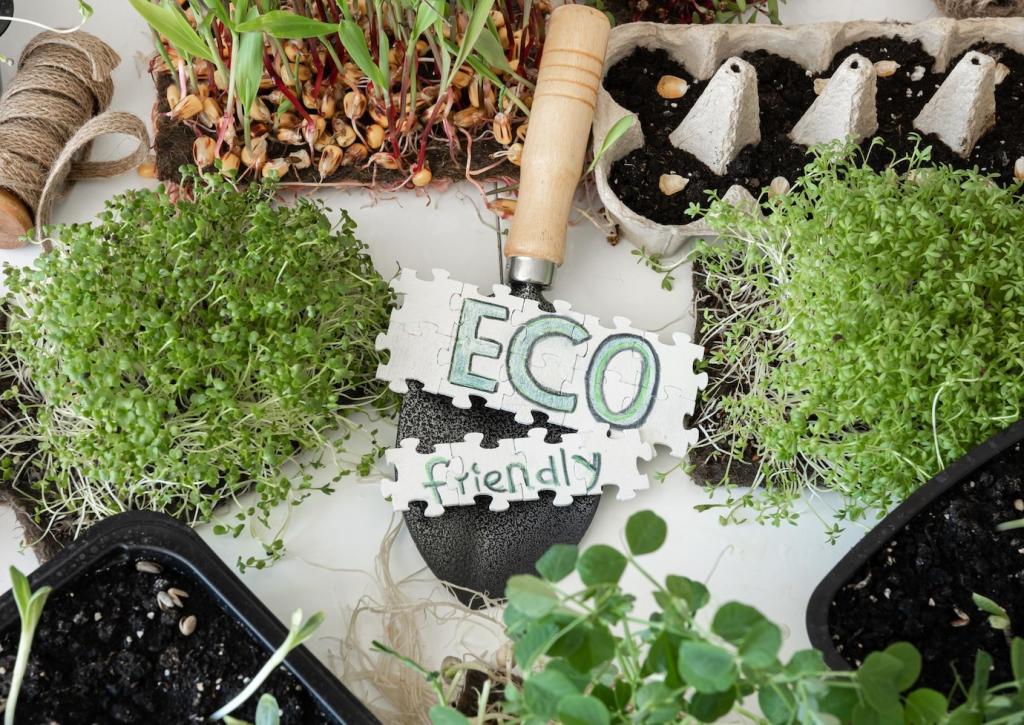DIY Sustainable Upholstery Cleaners You Can Trust
Combine one cup distilled water, one teaspoon castile soap, and a few drops of unscented plant-based dish surfactant. Mist lightly, blot with a white cloth, and repeat. Skip essential oils on delicate fabrics, and never oversaturate foam cushions or padded arms.
DIY Sustainable Upholstery Cleaners You Can Trust
Lightly sprinkle baking soda across cushions, let it sit for forty minutes, then vacuum with a clean upholstery tool. For a fresher profile, mix with finely ground dried rosemary, but keep it minimal to avoid residue. This gentle routine lifts odors without masking them.









